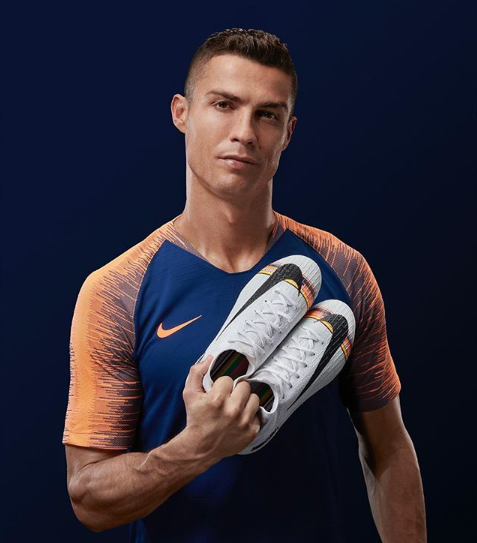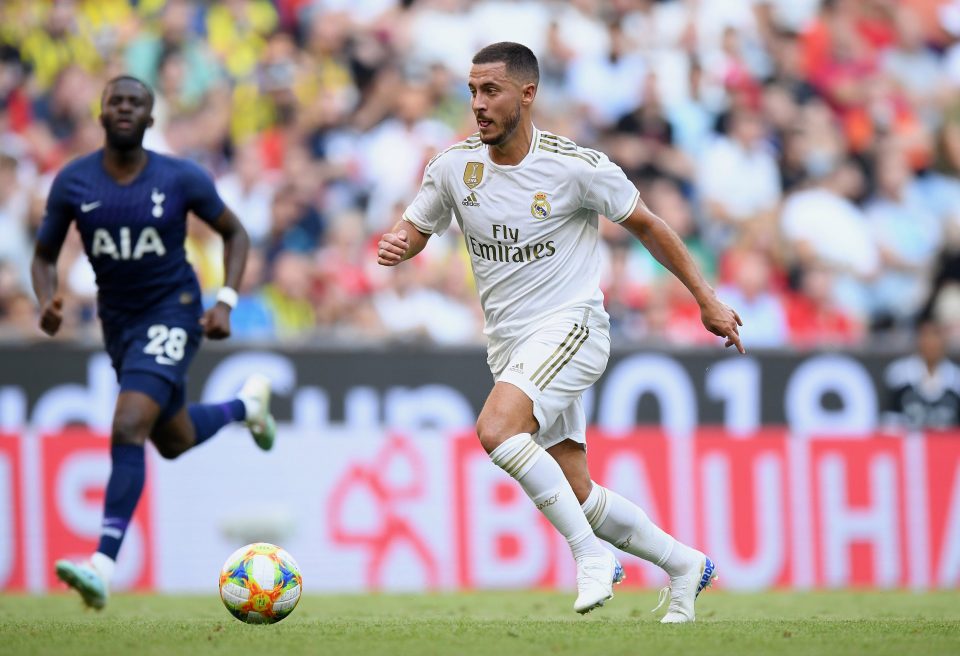Sponsorship has become a crucial source of income in football, as much for clubs as it is for leagues, federations and even players. According to IEG, sponsorship generates over €65 billion per year worldwide and this figure is increasing each year. The report produced in April by World Football Summit with the title “The Future of the Football Industry: The Vision for 2022” (which you can download here) stated that sponsorship income will be the income source that grows the second-most in the next five years, due to the fragmentation of audiences in the new audiovisual landscape and the resulting decrease in the value of traditional advertising, amongst other reasons.
However, globalisation, digitalisation and the resulting changes in consumer habits will also present important challenges, ones that will affect both sporting organisations and sponsors. These challenges are studied in greater detail in the “Football and Sponsorship: Challenges and Trends Moving Forward” (download the full report here) report, which was put together based on a workshop of the same name that was directed by Carlos Cantó, CEO of SPSG Consulting, at the most recent edition of World Football Summit. At this workshop in Madrid, viewpoints were compiled from top executives from clubs such as Real Madrid, Valencia, Sevilla, Real Betis, Chelsea, Tottenham, Monaco, Getafe and Racing de Avellaneda, from global brands like Audi, AB Inbev, Alipay, CaixaBank, Banco Santander, Cepsa and MasterCard, and from sporting entities of the calibre of Conmebol and Dorna.
According to IEG, sponsorship generates over €65 billion per year worldwide and this figure is increasing each year
As Cantó, who has almost three decades of experience in international agencies such as IMG or Lagardère Sports and who has been a professor at the ESADE Business School and the Escuela Universitaria Real Madrid, explains: “There are two major challenges right now, both for the brands involved in purchasing sponsorship and for the properties (the clubs, the leagues, the federations, etc) that are being sponsored. Firstly, there is the issue of how to adapt to the new landscape of accessing sporting content, with the explosion of OTT, the incorporation of social media into the field of broadcast rights, etc. On the other hand, there is the challenge of the need to monetise fan engagement.”

The landscape shift entails an enormous challenge for all the parties involved in these deals. The new digital reality multiplies the opportunities available, but it also demands profound transformation. To have success in these new channels, it’s essential to optimise segmentation strategies in order to outline the habits and tastes of the audience so that personalised content that matches their interests can be offered. It’s also essential for organisations to identify which of the multiple options out there should receive part of their budget for such activations, a budget that is increasingly limited due to the exponential increases in sponsorship rates that the largest organisations are facing.
For the representatives of the brands, it’s frustrating that it’s more difficult than ever to maintain relevance and authenticity through sponsorship, especially with younger generations. Millennials consume entertainment in very short formats, preferably on-demand and usually with their attention shared between various devices. This not only makes it difficult to attract and to maintain their attention (is it possible to be present in all the devices?), but it also means there is an important obstacle when it comes to calculation of Return on Investment (ROI). That’s because traditional parameters (TV ratings and media value equivalency) are no longer sufficient in calculating this.
As Cantó explains, the new technological tools have provoked “a greater democratisation” in sports sponsorship because they allow for more sports and more disciplines of football (including amateur or youth competitions) to be seen and, therefore, to be sponsored. At the same time, this obliges brands to invest in sponsorship activations in a more strategic way in order to have some differentiation. “What this indicates is an increase in the necessary investment in sponsorship activation,” Cantó adds.
The shift in the content distribution landscape also affects the clubs, leagues and organisations. Firstly, because the fragmentation of audiences will provoke a gradual fall in the value of the audiovisual rights contracts, in a unitary and relative way, which is significant as this is currently the main source of income. In order to take on the transfer market, which is growing exponentially year after year, these organisations will end up becoming more dependent on sponsorship agreements, like they used to be. That’s why one of their main concerns with respect to the future, according to the views expressed during the workshop, is being able to create packages that provide both the intangible values and the tangible value that their commercial partners want.

The properties know that they must find a way of compensating for the increase in rates, so that the brands can have the certainty of meeting their objectives (which are much more than just the visibility of the brands). Both the representatives of the sporting organisations and those of the brands agree that this entails offering the sponsor the possibility of generating exclusive content.
Yet, producing content is precisely one of the challenges facing the clubs, leagues and federations themselves. Football is no longer a form of entertainment that lasts for 90 minutes per week. The new fans want content 24 hours a day, seven days a week. Moreover, they want more and more information on what goes on behind the cameras and on what the stars of the game do before and after the matches. Creating such content is a challenge even for the clubs, given that this is very much in the hands of the players and not of the clubs.
But now the stars of football are not only producers of content, but they’ve become properties in themselves. They can even act as competitors to the clubs where they play, for example when it comes to attracting sponsors. Plus, they can take millions of fans with them when they change from one club to another, especially in markets such as the Asian ones, where the players generate stronger bonds than the clubs.
«Technology is advancing and this expands the opportunities, both in terms of assets that can be sponsored and in terms of the activation of sponsorship rights.”, Carlos Cantó – CEO of SPSG Consulting
The clubs don’t currently consider their players as competitors, but they admit that one of their main challenges for the future is ensuring that they get involved in activities involving institutional partners. It’s vital to achieve this because the brands require a larger and larger catalogue of opportunities in order to become a sponsor. For football, which competes in the world of sportainment, some very dangerous competitors are emerging, such as Esports, which promises an excellent level of engagement with the younger generations.

“The problem isn’t just the level of engagement between the fans and the players or the clubs or the leagues and competitions, but the monetisation of this engagement,” Cantó points out. “In the end, they’re competing for the same pocket money of the fans (and other stakeholders in this ecosystem). It’s for this reason that the properties must put together marketing plans that are consistent and strategically designed in terms of positioning, segmentation, seasonality, differentiation of products or services, etc. It’s not only a matter of being present on social media or of having various sponsors. It’s a matter of monetising this engagement in a consistent and coherent way.”
Successfully overcoming these challenges will require the collaboration and coordination of the two sides involved. The properties must commit to the brands by adapting to their needs and expectations, by getting behind their objectives that are about more than increasing visibility, by collaborating in activations and by proposing projects that help add value. The brands, meanwhile, must approach sponsorship with a clear and well-prepared strategy, one that includes objectives and expectations not only focussed on increasing visibility but also on generating value. All of this must be communicated in a clear way to the entity being sponsored. Furthermore, they should suggest activation proposals to the property that can create further value for both parties.
Despite the challenges, the report concludes that sponsorship will keep growing in the coming years and that the new technologies and the progressive professionalisation of the sector will allow for investments that can be more and more profitable. “Sponsorship will grow and grow, without a doubt. It can grow from a base of being naturally integrated within people’s way of life and being completely aligned with the important growth of sportainment, so it doesn’t suffer from being considered invasive or intrusive. On the other hand, greater professionalisation will allow for results to be even better and for investment to be more profitable. Furthermore, technology is advancing and this expands the opportunities out there, both in terms of assets that can be sponsored and in terms of the activation of sponsorship rights.”

